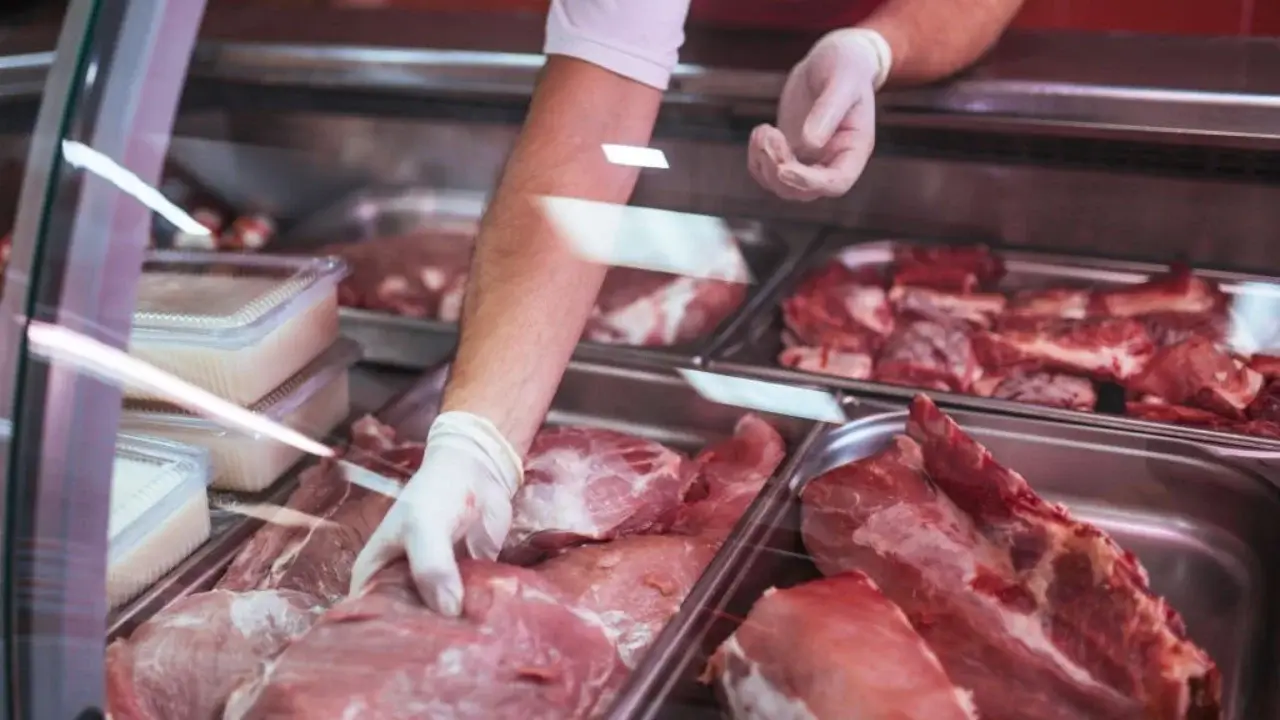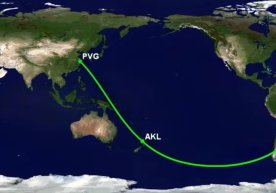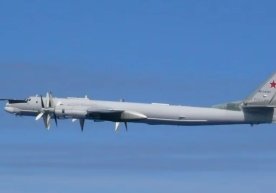
In recent months, sharp changes have been observed in the global meat market. According to international publications, including Bloomberg, climate change, an increase in livestock diseases, as well as growing demand for beef in the United States and China, have driven prices to historically high levels.
Not only beef, but also the rise in dairy product prices is reducing the number of cattle intended for slaughter, adding further pressure to the market. This process, in turn, reduces global reserves and creates new problems for consumers.
According to the UN Food and Agriculture Organization (FAO) report, in August the meat price index once again set a record. In some countries, this situation has intensified inflationary pressure. For example, in the United Kingdom, beef prices rose by almost 25% last month.
Leading livestock producers worldwide are also unable to escape difficulties. In the United States, the number of cattle has dropped to the lowest level in decades, and a similar situation is observed in Brazil. Increasingly unstable weather is making the recovery of livestock farming even more difficult.
According to FAO, strong demand in the United States has raised meat prices in Australia, while China continues to actively import meat from Brazil. This situation, despite a decline in U.S. trade due to tariff increases, has supported Brazilian suppliers.
The rise in demand and prices for dairy products is also affecting the beef market. FAO economist Monika Tothova noted: “If butter and cheese are expensive, farmers do not rush to slaughter their cows for meat. This limits the meat supply in the market.”
Situation in Uzbekistan
According to the Statistics Agency, over the past year in Uzbekistan boneless beef has increased in price by 25.7%, beef on the bone by 24.9%. The price of lamb has risen by 28.5% compared to last year.
In August 2025, prices rose again: boneless beef by 0.7%, beef on the bone by 0.2%, and lamb by 1.4%.
At the same time, the sale of beef at reduced prices (within the range of 65,000–75,000 soums per kg) at markets slightly stabilized overall figures.
Imports also continue to grow. In August, $84.7 million worth of meat products were imported into the country, which is higher than in July. Of this, beef imports alone amounted to $66.1 million.
In the first seven months of 2025, Uzbekistan imported meat and meat products worth 74% more compared to the same period last year, reaching $420 million.
According to experts, if this trend continues, further increases in meat prices on the domestic market are very likely.
Read “Zamin” on Telegram!Users of Меҳмон are not allowed to comment this publication.













